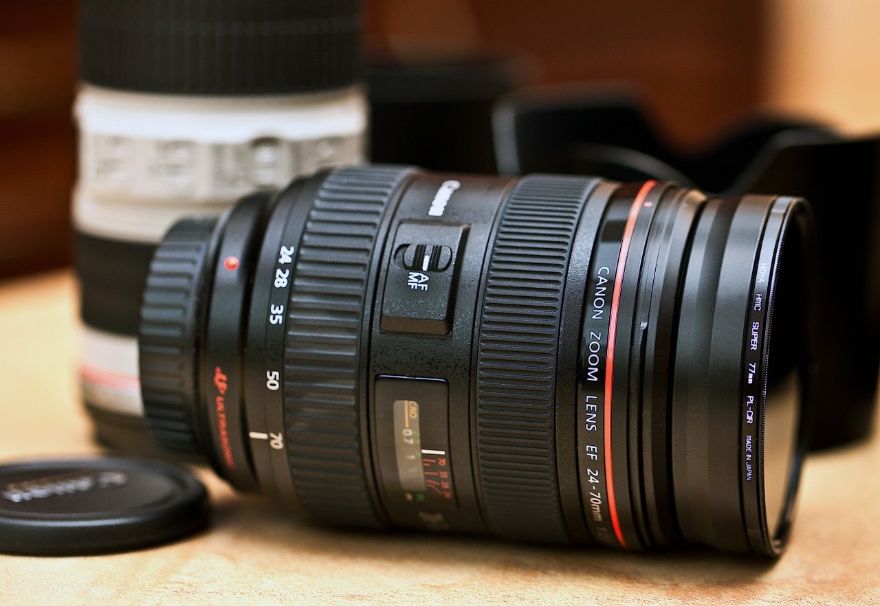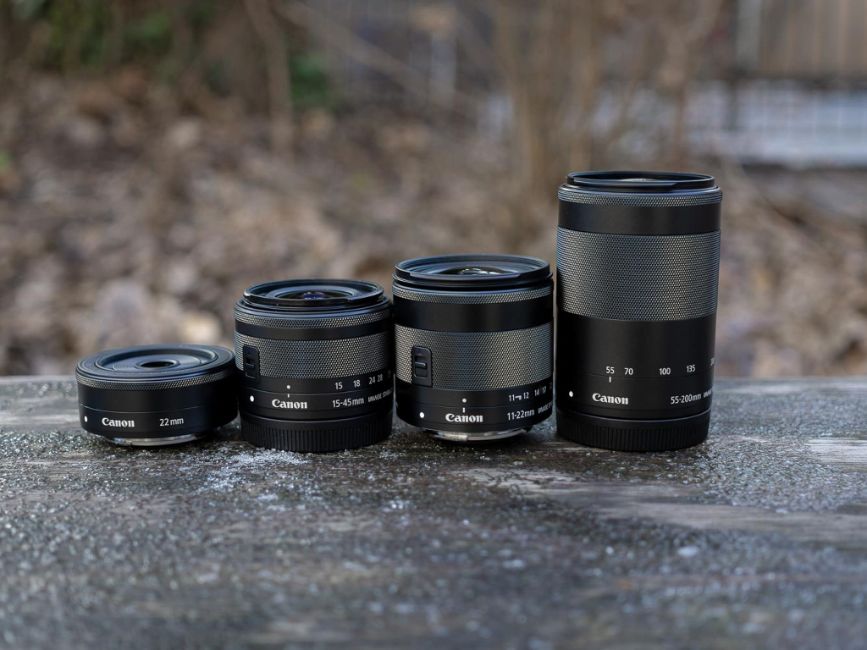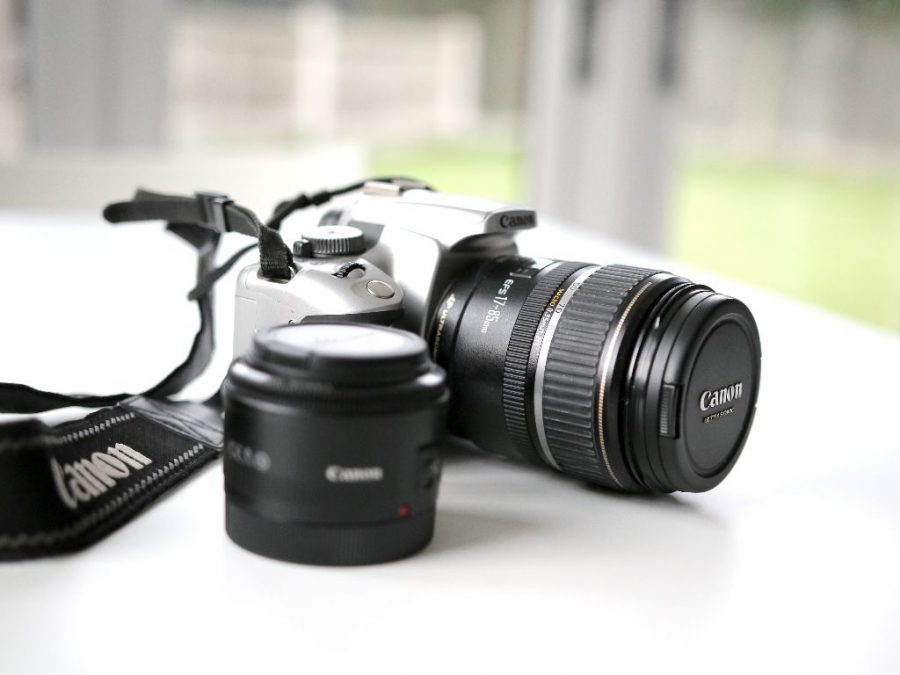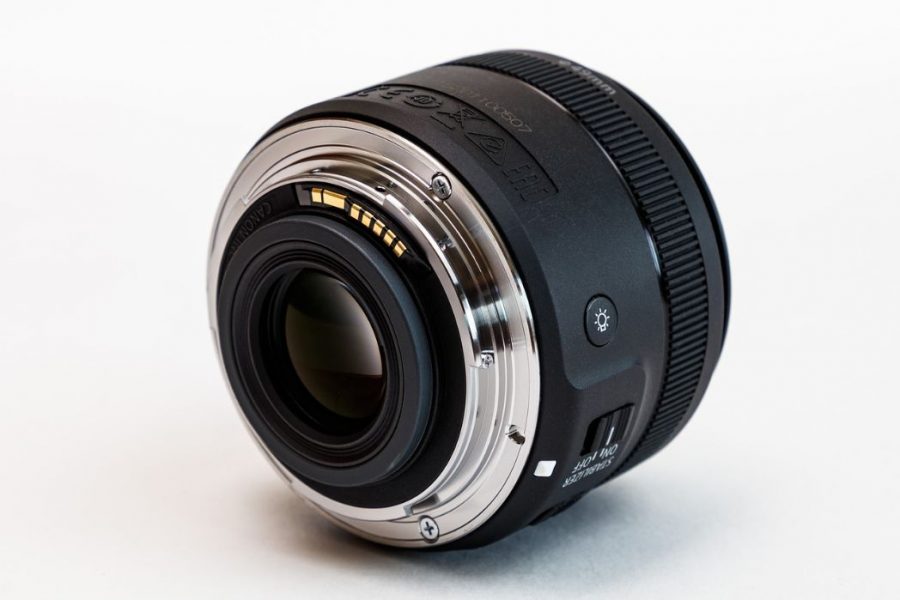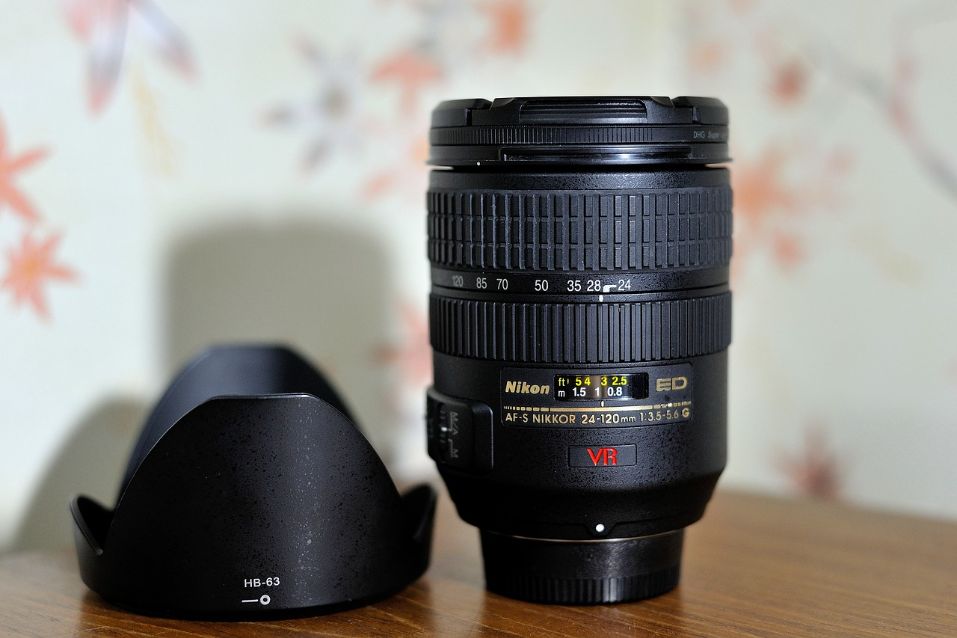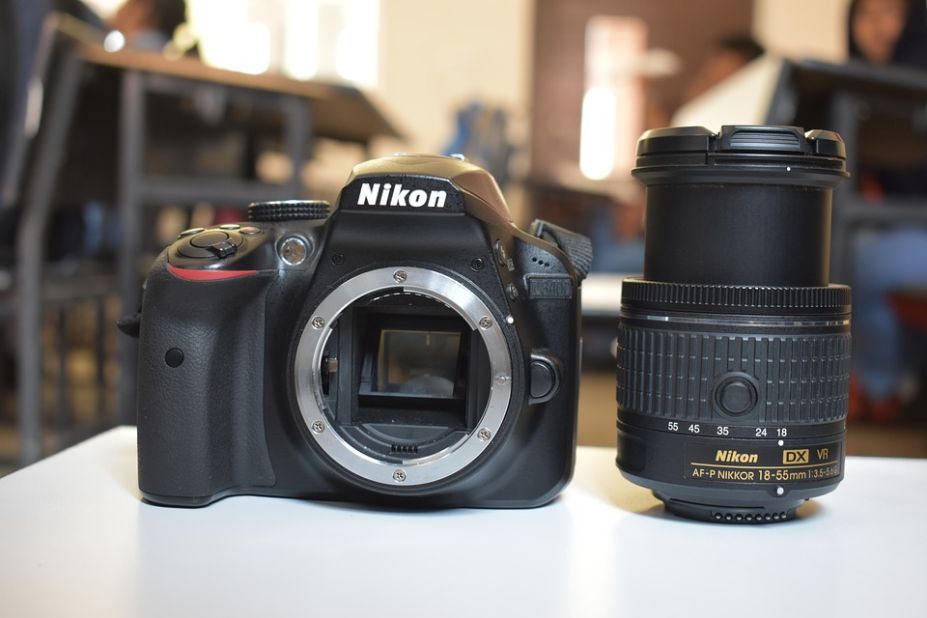Car photography can be so much interesting with the right gears in your hand. The right camera lens can portray the beasts more fiercely from every possible angle. That’s why finding the best lens for car photography is so important.
It’s obvious that to get excellent photos of the cars you need to try different angles, positions, locations and timings; but the lens is the ultimate key to render quality images. Whether you are a professional or just a beginner, finding the best lens is going to make your stuffs a lot smoother.
In this article, we focus on the best camera lens with a few automotive photography techniques that will come handy while shooting the cars. The article also contains required buying guide so that you don’t end up buying a wrong one. let’s get started!!
The 5 Best Lens For Car Photography: The Review
1. Best telephoto lens: Canon EF 70-200mm f/4L USM Telephoto Zoom Lens

Key Features:
- Angle of view: 34 to 12 degrees
- Solid built, easy to carry
- Minimum focusing distance: 3.9 ft
- Ultra-sonic monitor provides fast and quiet AF
If you want a lens that can make the image look sharper and able to capture from far away without lowering standards, the Canon EF 70-200mm f/4L USM Telephoto zoom lens is waiting for you. This is widely used by almost all car photographers worldwide as the best telephoto lens for car photography.
Combining professional level build-up and optical excellence, the Canon EF 70-200mm f/4L USM is arguably one of the best Canon’s ‘L’ series telephoto lenses. Even though the lens is solidly built, you would feel burden carrying it all day long because of its lightweight. The lens is even lighter than the EF 70-200mm f/2.8L Canon lens.
It compresses the images to give a better look at the pictures. The lens is distinguished with features like f/4 maximum aperture, an inner focusing system, and a ring-type ultra-sonic monitor that combines to deliver quick and quiet autofocusing.
The front lens element doesn’t rotate during focusing, making it possible to attach and use a circular polarizing filter without difficulty. This lens is combined with 16 elements in 13 groups, including a fluorite element with two UD-glass elements for outstanding contrast and performance.
👍 Pros:
- Excellent built quality yet lightweight
- Instant manual focus
- USM provides fast and silent AF
- Front lens element doesn’t rotate while focusing
👎 Cons:
- No image stabilization
2. Best wide angle lens: Canon EF 16-35mm f/4L IS USM Lens

Key Features:
- Has USM for precise auto focusing
- Optical image stabilization
- Angle of View: 108°10′ – 63°
- Full-time manual focus even in AF mode
Car photography with a wide-angle lens can be phenomenal. The Canon EF 16-35mm f/4 ‘L’ series lens can provide the best wide angle photography experience you have ever had.
The EF 16-35mm f/4 lens is constructed with 16 elements in 12 different groups, including three aspheric lens elements and two lens elements to reduce aberrations throughout the zoom range and optimized coatings to minimize ghosting. The lens appears with a fluorine coating on its front and rear elements to protect the lens from dust and water.
The EF 16–35mm features inner focusing and ring USM for precise, discreet, and speedy autofocus, making it a perfect lens for automotive and landscape photography. It also provides a full-time manual focus and has a minimum focusing distance of 0.92 ft. across the entire zoom range.
The wide-angle zoom lens incorporates an Optical IS and offers up to four stops of correction for admirable performance, even in dim light conditions. A circular 9-blade aperture delivers a gorgeous background blur.
The autofocus is pretty quick and takes approximately 0.15 seconds to lock on the focused subject. If you are in search of a lightweight, fast, and silent AF camera for wide angle photography, the Canon EF 16–35mm f/4L IS USM simply stands out of all.
👍 Pros:
- Water and rust-resistant
- Solid built, lightweight and portable
- Excellent for low light conditions
- Optical IS provides 4 stops correction
- Fluorine coating to minimize ghosting and flare
👎 Cons:
- Doesn’t produce the sharpest images
- Has a lot of barrel distortion at 16mm
3. Best budget: Nikon AF FX NIKKOR 50mm f/1.8D Lens

Key Features:
- Super Integrated Coating
- Aperture Range: f/1.8 to f/22
- Produces natural perspective in photos
- Great for the beginners
If you like close-up shots and want a standard portrait prime lens for car photography within budget, Nikon AF NIKKOR 50mm f/1.8D Lens is going to surprise you with lots of specs.
Nikon’s Super Integrated Coating (SIC) enhances light transmission efficiency and offers superior color consistency and reduced flare.
The Nikkor 50mm lens is fixed, which means that you can’t zoom the lens. It produces distortion-free images with superb resolution and color rendition.
Whether you are shooting cars indoors or outdoors, the AF NIKKOR 50mm f/1.8D renders a beautiful, realistic background blur at its wider aperture settings. Also, its 50mm focal length is perfect for generating a natural perspective in your photographs.
This lens has a focusing mode, which allows turning from automatic to manual focusing with virtually no lag time by simply switching the focusing ring on the lens. This makes it possible to seamlessly switch to fine manual focusing while looking through the viewfinder.
Overall, the AF NIKKOR 50mm f/1.8D is a very satisfying budget lens for indoor or outdoor. If you have just started car photography, the lens allows broadening your shooting opportunities.
Note: The normal-length prime lens is compatible with select Nikon DSLRs that support D-type lenses. It offers a quick and precise focusing performance, but sadly, the autofocus doesn’t support the DSLRs without an autofocus motor. The lens can be used with manual focus only.
👍 Pros:
- Multi-layer coating minimizes flare and ghosting
- Stunning images in low-light situations
- Great for both indoor and outdoor
- Affordable and lightweight
👎 Cons:
- AF doesn’t support to the cameras without AF motor
- Average build quality
4. Most versatile camera lens: Canon EF 24–105mm f/4L IS II USM Lens

Key Features:
- Maximum-f/4 and minimum-f/22 aperture
- 45cm minimum focus distance
- Image stabilization for sharper images
- Optical image stabilization
- 77mm filter thread
The Canon 24-105mm covers a wide range of focal length that is very useful for shooting landscapes or multiple cars collectively and also covers the 105mm for portraits. The canon camera lens also excels as a walk-around lens if you want only one lens for versatile photography types.
The 24-105mm comes with a tag of Canon’s premium ‘L’ series camera lens that is well recognized for providing the best performance with sturdy body parts. The lens is constructed with 17 elements in 12 groups for exceptional overall resolving power.
The image stabilization provides enhanced shake reduction for up to 4 stops of shutter speeds for sharper images. The IS also backs you in case you are shooting without a tripod.
It also features a high-performance control CPU that drives Canon’s quick inner focusing with ring USM for blazing starts and stops.
Overall, this EF 24–105mm lens can capture gorgeous, out-of-focus areas and soft backgrounds throughout its zoom range thanks to its 10-blade circular aperture. The lens is expensive, but it’s worthy of having this model in your collection as you can easily make the best out of it.
👍 Pros:
- 10-blade circular aperture softens background
- Fluorine coating to reduce fingerprints and smears
- Air sphere coatings to minimize flare and ghosting
- Full-time manual focus even in AF mode
- Dust and water resistant
👎 Cons:
- Expensive
- Distortions in low light conditions
5. Best camera lens for close shots: Tamron AFF012C-700 SP 35mm F/1.8 Di VC USD

Key Features:
- Minimum Object Distance: 0.2m (7.9 in)
- Maximum magnification ratio: 1:2.5
- Fluorine coating to repel water and fingerprints
- Rounded nine-blade Diaphragm
If you want an incredibly close distance focusing camera for car photography, the Tamron 35mm F/1.8 Di VC USD is the best in the class. The lens also produces crazy sharp pictures that leave you speechless.
The wide-angle prime Canon EF mount 35mm pairs with different focal lengths, an optical layout and image stabilization for better image quality. Coatings are applied on the lens elements to suppress flare and ghosting for enhanced contrast and light transmission.
Utilizing Tamron’s Ultra Silent Drive (USD) and with Minimum Focus Distance (MOD), the lens provides quick focusing. This lens delivers crisp and tacks sharp images at any setting from 1.8 full open aperture. Moreover, it offers fast and silent AF thanks to its ring-type USD motor with full-time manual focus compatibilities.
Tamron 35mm excels with its dynamic close-focusing capability. It allows a minimum object distance of 0.2m with a maximum magnification ratio of 1:2.5. You can take close shots of the cars with the best lens for car videography that offers nearly macro photography.
👍 Pros:
- Vibration compensation system
- Water and dust resistant
- Circular aperture for enhanced bokeh
- High-speed AF with ultrasonic drive
👎 Cons:
- Might face calibration issues
- Vignette ring with a wide-open aperture
Buying Guide for The Best Lens For Car Photography
Prime or Zoom lens
The prime lenses have fixed focal length and can’t zoom. The lenses are smaller, sharper, and help to produce a better image.
On the other hand, zoom lenses come with a focal range. You can zoom in with the lenses to shoot in various focal lengths. Basically, zoom lenses are a combination of a few prime lenses that is cost effective. But the lenses can’t produce as sharp pictures as prime lenses do.
The images can be blurry compared to the prime ones. The prime lenses can also get annoying when you need to change different focal length lenses for various conditions.
Focal length
This is the first thing everyone looks for while buying a camera. The number describes the lens’s angle of view. The smaller the numbers are, the broader picture they can produce. Again, the bigger the numbers get, the better portraits come out. There’s no precise range for car photography’s best focal length, but 16mm to 105mm is the most commonly used by the professionals.
Aperture
Aperture describes how much light the lens can consume. It is expressed with ‘f’ numbers like f/2.8, f/4, or 1:4. The lenses with smaller numbers gather more light than the bigger numbered lenses while shooting car photos. They are usually better for night photography but lacks in sharpness.
Image Stabilization
As you may need to take photos of cars from different angles and positions, the image stabilization feature corrects the blurring effects because of hand shake. The feature ensures sharp images, even in low-light environments and long focal lengths.
Lens Format
Most of the affordable SLRs and mirrorless cameras are designed to use APS-C sensors. The high-end cameras use so-called ‘Full-frame’ sensors. Most of the manufacturers produce a range of lenses to work with APS-C sensors.
The lenses designed full-frame cameras also work fine with APS-C cameras, but the lenses designed for APS-C cameras don’t work with full-frame cameras. So, before you buy a lens, keep in mind to check whether the lens will work for you or not.
How to Take Car Photos Successfully with The Lens?
Let’s assume you already have found the best camera lens and entirely ready to capture cars. But car photography requires lots of patience, innovation apart from getting the best lens around. Here are a few car photography techniques we bring for you to make the photography successful.
Firstly, cars are incredibly sharp compared to the backgrounds. They are shiny, especially the new ones and have curvy lines on the body. So, choose a place where there will not be any reflections on cars. Make sure there’s no big house or tree at your back that the vehicle may reflect. Also, make sure the car doesn’t reflect your own reflection. Let the curve lines appeal to others with incredible smoothness.
Secondly, shoot at the right time when you will get the best light to capture. Usually, the time just before sunrise or after sunset is considered the best time for car photography. You will get the soft light for perfect color and less reflection from the car. Don’t forget to try that out.
Thirdly, the shooting of a moving car is incredible if you do it right. The images that come out are really cool and lovely. While shooting, don’t forget to drag the shutter speed between 1/60 to 1/80 of a second. By doing so, you will get pleasant movement on the road and the wheels.
Fourthly, make sure the background doesn’t distract the viewers. Select the location wisely so that there’s no distracting thing that exists. The car should be the center of focus. Every single detail matters!
Fifthly, try different angles other than eye-level. Try to introduce the car from an unusual angle so that people get interested to see the photos. Sometimes, get inside the vehicle to see what happens.
Lastly, you need to have excellent post-capturing skills. At times, editing can turn a dull, regular picture interesting. Learn what the things to do after shooting the car with the best camera lens are.
Conclusion
Car photography largely depends on how innovatively you capture and present the images to your viewers. Still, the best lens for automotive photography will surely keep you ahead in the game.
After reading our honest review, we hope you will be able to find the best lens for car photography. Once you are ready, get prepared to be shoot in style.

